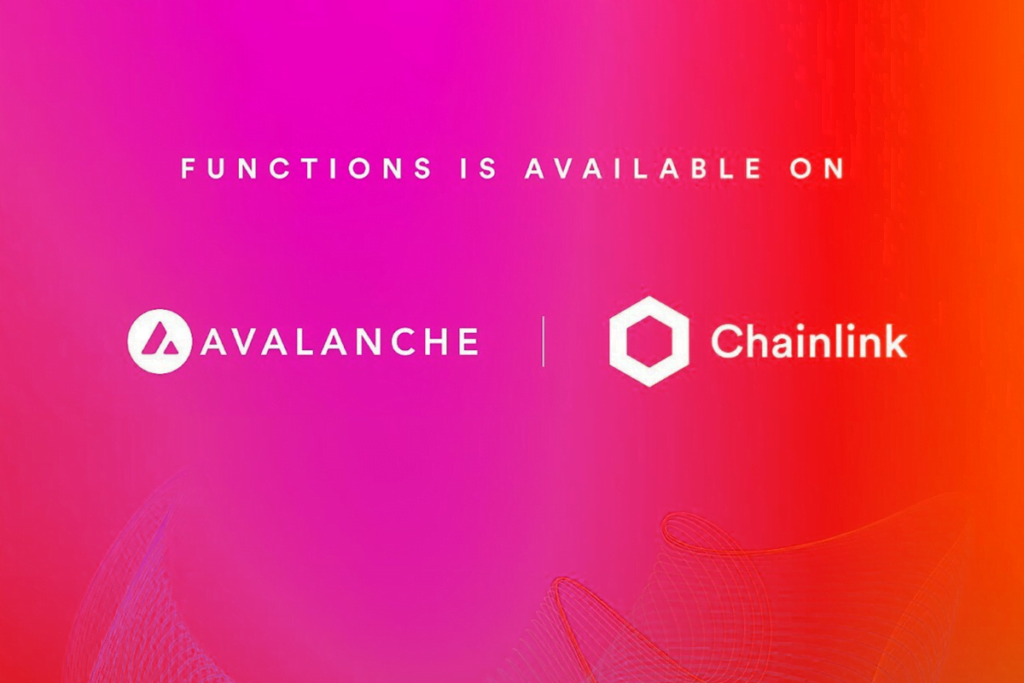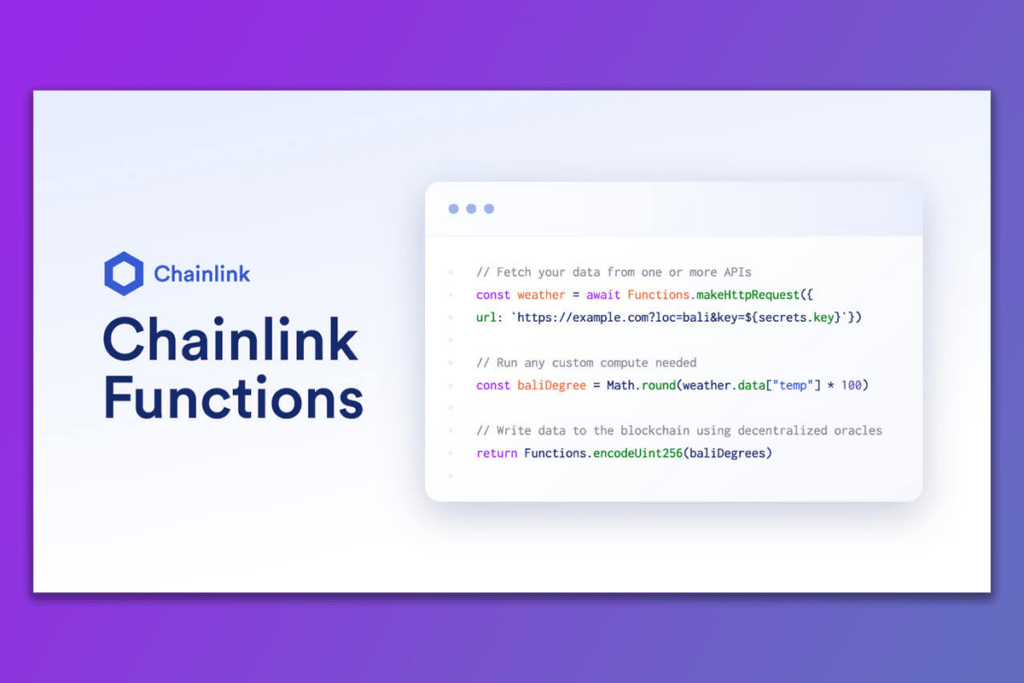By enabling more use cases for hybrid smart contracts, Chainlink wants to improve its compatibility with blockchain platforms. The cryptocurrency industry is also keen to join the enormous network. In this case, Avalanche obtained Chainlink functions on the blockchain.
Avalanche Using Chainlink Functions to Power Smart Contracts with Web2 APIs

Since Chainlink was constructed on top of Avalanche Fuji, the blockchain testnet, it is still undergoing testing. Although the service was only recently launched on May 16, Chainlink’s integration with Avalanche was announced during the most recent Avalanche Summit on May 5.
What is Chainlink Functions?

New Web3 and Web2 integrations are made possible via the functions. Until recently, Web3 developers were unable to connect their smart contracts to already-existing Web2 APIs. Access to social media signals, AI computers, message services, and much more would be made possible by this.
The integration of Chainlink Functions unlocks a multitude of new and exciting smart contract use cases for the Avalanche ecosystem as it simplifies the developer experience of connecting Web3 apps with Web2 data sources. Developers can now connect their smart contract to any Web2 API in minutes to unlock the next big use case for Web3 while taking advantage of both the proven security and reliability of the Chainlink Network.
John Nahas, Ava Labs’ Vice President of Business Development

Other top-notch Chainlink services provided on Avalanche, such as Chainlink Data Feeds, Chainlink VRF, and Chainlink Automation, can be used with the feature. As a result, developers of smart contracts using the Avalanche ecosystem may now easily incorporate Web2 APIs and cloud services into their smart contracts by leveraging Chainlink Functions.















Leave a comment